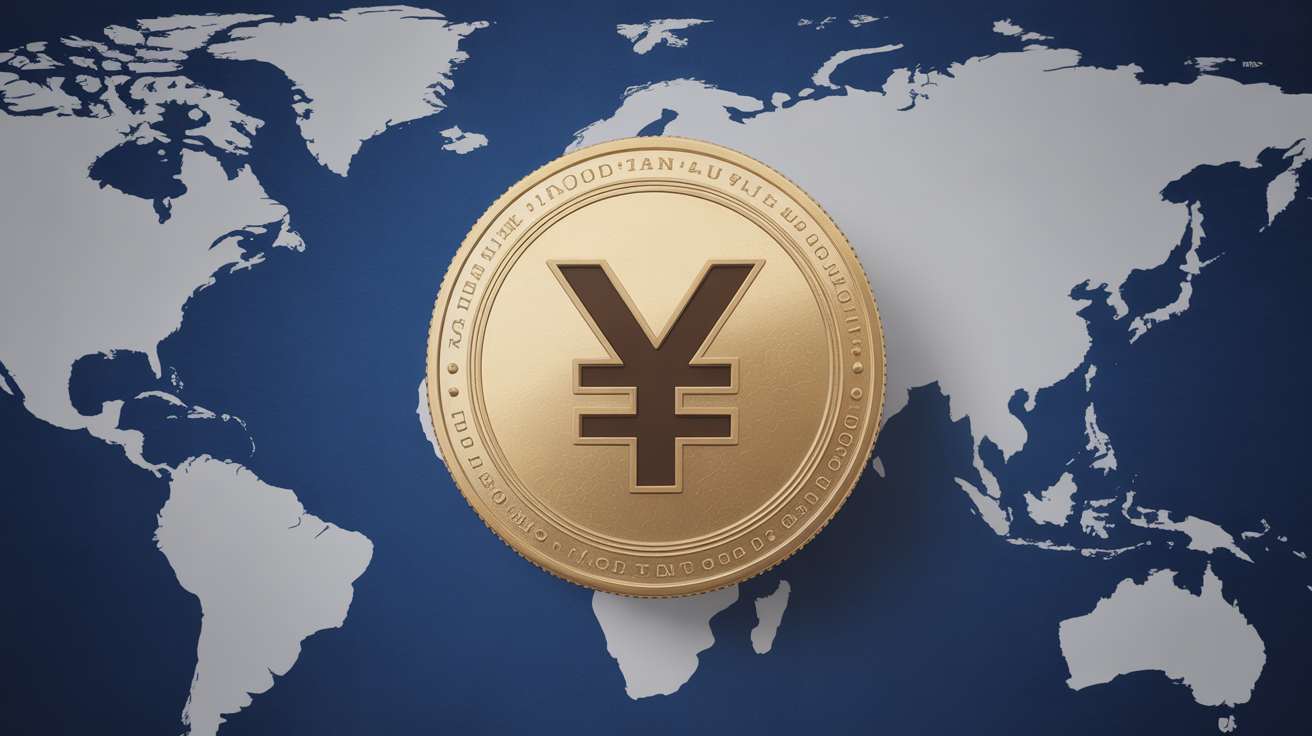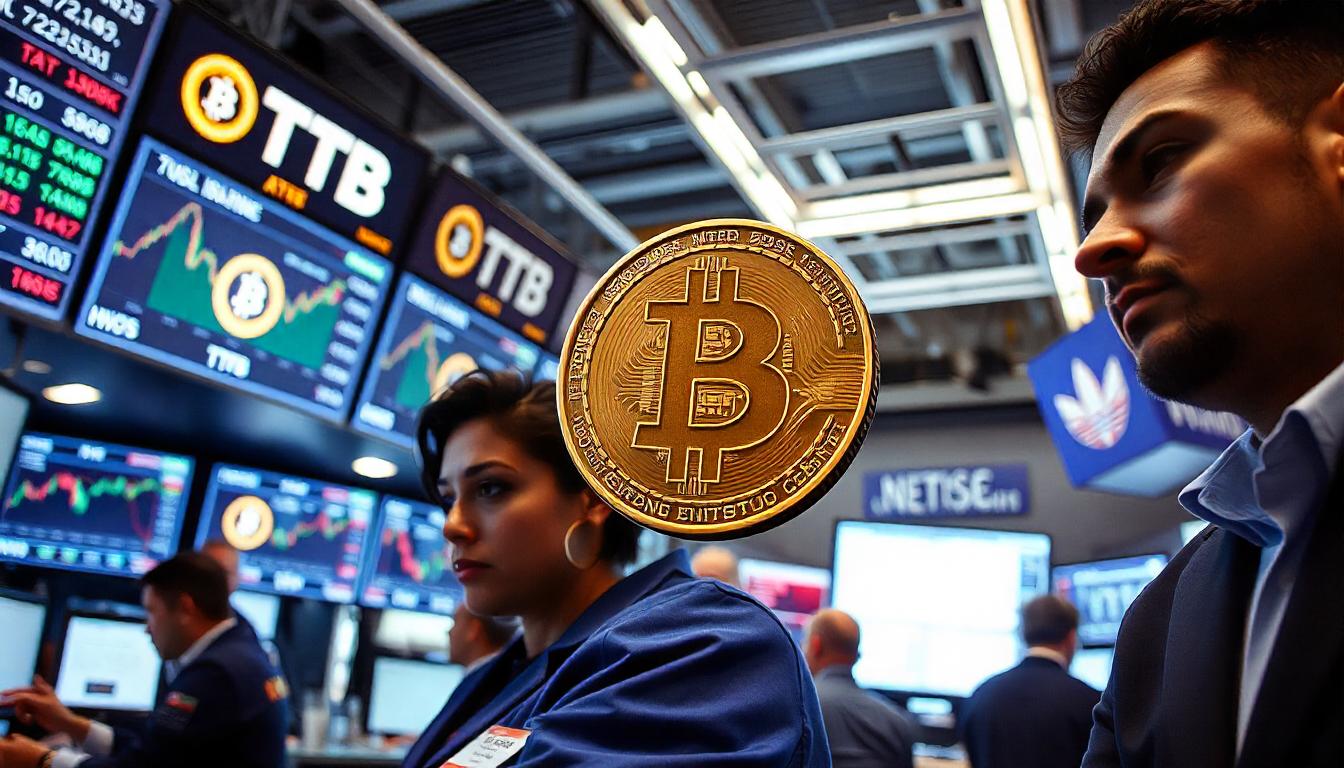Japan Launches JPYC, Asia’s First Truly Global Yen-Pegged Stablecoin
Japan has taken a major lead in Asia’s digital asset race with the launch of JPYC, the world’s first fully redeemable yen-pegged stablecoin capable of circulating globally — a feat regional peers have yet to achieve.
A Convertible Yen Backed by Deep Reserves
The newly issued JPYC token is backed by Japanese government bonds (JGBs) and domestic bank deposits. The issuer confirmed that it will charge no transaction fees, instead generating revenue from the interest earned on its JGB holdings — a sustainable model given Japan’s rising bond yields, now exceeding 3% on the long end of the curve.
The key differentiator lies in the yen’s free convertibility. Since the 1980s, when Japan dismantled postwar capital controls, the yen has been freely tradable across offshore markets. That flexibility allows the stablecoin to operate internationally — unlike the Korean won or Taiwan dollar, which remain largely confined to domestic use under strict foreign exchange laws.
Asia’s Capital Controls: A Regional Divide
Across much of Asia, capital flow restrictions prevent local currencies from supporting global stablecoins. South Korea’s won, for instance, cannot be used offshore, making any KRW-backed stablecoin effectively domestic and redundant in a market with near-instant local transfers.
Taiwan’s dollar, while nominally convertible, faces similar limits. Under Taipei’s June 2025 framework, stablecoin issuers must hold full onshore reserves and report directly to the central bank — rules that prevent cross-border circulation.
Even Hong Kong’s dollar, though freely traded, remains pegged to the U.S. dollar within a tight band. In practice, this makes the HKD functionally equivalent to a dollar proxy, reducing the incentive to create an HKD stablecoin.
Why Japan’s Model Works
Japan’s open capital account gives JPYC immediate international relevance. The stablecoin’s ability to move freely between onshore and offshore markets allows it to integrate into both domestic payments and global settlement systems.
This global reach, combined with full reserve backing and a clear regulatory framework, positions JPYC as Asia’s first truly scalable fiat-backed token — one that can coexist alongside U.S. dollar stablecoins in international transactions.
A New On-Chain FX Frontier
The timing could hardly be better. With both the U.S. and Japan now regulating fiat-backed stablecoins, analysts see strong potential for an on-chain USD/JPY market, pairing two of the world’s most liquid currencies.
According to BIS data, global FX trading averages $7 trillion daily, with the yen involved in nearly 17% of all transactions. A decentralized USD/JPY pair would effectively bring one of the world’s most traded currency pairs onto blockchain rails — offering instant settlement and programmable cross-border liquidity.
Adoption Still Uncertain
Despite its regulatory clarity and convertibility advantage, JPYC faces a familiar question: will there be enough demand?
Euro-denominated stablecoins, for example, enjoy similar compliance and mobility, yet their adoption has been tepid and their market caps remain small.
Whether global traders, corporates, or DeFi users adopt a yen-backed alternative to the dollar remains to be seen. Still, JPYC’s launch represents a milestone — one that could signal the beginning of a multi-currency stablecoin era across Asia.





